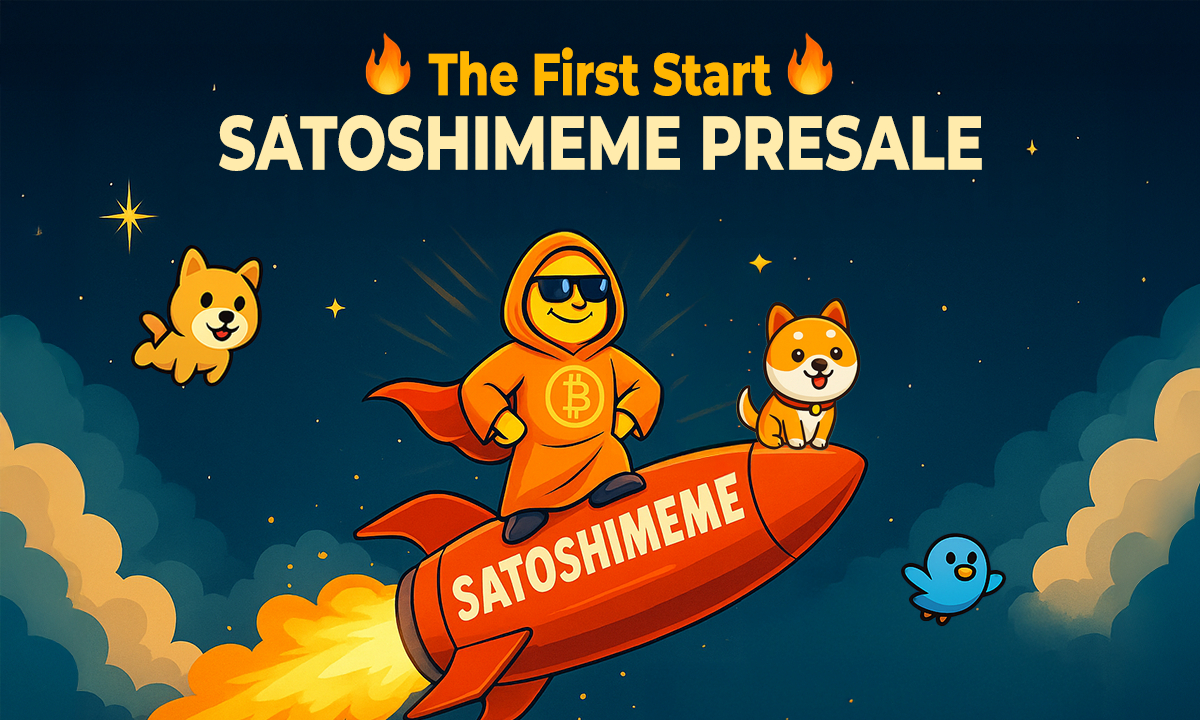A Critical Examination of SatoshiMeme ($SATOSHI): Navigating the Intersection of Nostalgia and Speculation
Introduction: The Paradox of Crypto Innovation
The cryptocurrency ecosystem exists in a perpetual state of contradiction. On one hand, it represents a technological revolution with the potential to redefine global finance. On the other, it’s a speculative playground where digital assets often derive value more from internet memes than from tangible utility. SatoshiMeme ($SATOSHI) occupies this paradoxical space, attempting to bridge the gap between nostalgic idealism and modern crypto speculation. This analysis explores whether the project can transcend its meme coin origins or if it’s destined to become another cautionary tale in the volatile world of digital assets.
The Historical Anchor: P2P Foundation and the Nakamoto Legacy
SatoshiMeme’s most compelling narrative revolves around its connection to the P2P Foundation, the platform where Satoshi Nakamoto first unveiled Bitcoin to the world in 2009. This historical link provides the project with an air of legitimacy that most meme coins lack. The P2P Foundation’s involvement suggests more than just a passing reference to Bitcoin’s origins – it implies a philosophical alignment with Nakamoto’s original vision.
However, the depth of this connection remains murky. While the P2P Foundation’s name lends credibility, the nature of its involvement with SatoshiMeme is unclear. Is this a genuine collaboration or merely a branding strategy? The lack of transparency about the project’s development team and governance structure raises legitimate concerns. In the crypto space, where anonymity can be both a feature and a liability, this ambiguity creates an environment ripe for both excitement and exploitation.
Reclaiming the Original Vision: A Provocative Critique of Bitcoin’s Evolution
SatoshiMeme’s whitepaper, “The Return of Satoshi Nakamoto,” presents a bold critique of Bitcoin’s trajectory. The document argues that Bitcoin has deviated from its original purpose as peer-to-peer electronic cash, transforming instead into a speculative asset controlled by institutional investors and large-scale mining operations. This narrative resonates with a segment of the crypto community that feels Bitcoin has lost its way.
The project positions itself as a corrective force, aiming to return to Nakamoto’s vision of decentralized financial sovereignty. Its economic model emphasizes community participation and rewards contributors through airdrops, creating a system that theoretically aligns with Bitcoin’s original peer-to-peer ethos. This approach stands in stark contrast to many other meme coins that prioritize hype over utility.
The Meme Coin Dilemma: Balancing Aspiration with Reality
Despite its ambitious goals, SatoshiMeme cannot escape the fundamental challenges that plague all meme coins. Volatility is inherent to these assets, with prices often driven more by social media trends than by underlying value. The project’s success will ultimately depend on its ability to transition from speculative asset to something more substantial.
The “commons economic model” that SatoshiMeme employs – where community contributions are rewarded – presents both opportunities and risks. While it fosters engagement, it also creates potential for manipulation and unsustainable economic dynamics. Without a clear path to real-world utility or adoption, the project risks becoming another short-lived crypto phenomenon.
The Ethical Quandary: Nostalgia as a Double-Edged Sword
Perhaps the most contentious aspect of SatoshiMeme is its use of Satoshi Nakamoto’s legacy. The name carries immense weight in the crypto community, representing both the revolutionary potential of blockchain technology and the mystery of its anonymous creator. By invoking Nakamoto’s name, SatoshiMeme taps into a powerful emotional current in cryptocurrency culture.
However, this approach raises ethical questions. Is the project genuinely advancing Nakamoto’s vision, or is it exploiting nostalgia for financial gain? The crypto space has seen numerous projects leverage famous names and concepts without delivering meaningful value. SatoshiMeme must prove it’s more than just another attempt to capitalize on the allure of Bitcoin’s origins.
The Path Forward: Can SatoshiMeme Deliver on Its Promise?
The success of SatoshiMeme hinges on several critical factors. First, it must establish genuine utility beyond its meme coin status. This could involve developing practical applications for the token or creating a sustainable ecosystem that attracts real-world users. Second, the project needs to maintain transparency about its development and governance to build trust within the community.
Perhaps most importantly, SatoshiMeme must navigate the delicate balance between speculation and substance. While meme coins often thrive on hype, long-term viability requires more than viral moments. The project’s ability to foster a committed community that values its principles over short-term gains will be crucial in determining its future.
Conclusion: A Test Case for Crypto’s Evolution
SatoshiMeme represents a fascinating test case in the ongoing evolution of cryptocurrency. It embodies the tension between the idealistic origins of Bitcoin and the speculative reality of today’s crypto market. Whether it can transcend its meme coin roots to become something more substantial remains to be seen.
The project’s success would demonstrate that even in the chaotic world of meme coins, there’s room for meaningful innovation. Its potential failure, on the other hand, would serve as a reminder of the challenges in balancing nostalgia with practical utility. Regardless of its ultimate fate, SatoshiMeme forces the crypto community to confront important questions about the future of digital assets and the enduring legacy of Satoshi Nakamoto’s vision. In this sense, the project’s true value may lie not in its token price, but in the conversations it sparks about the soul of cryptocurrency itself.





